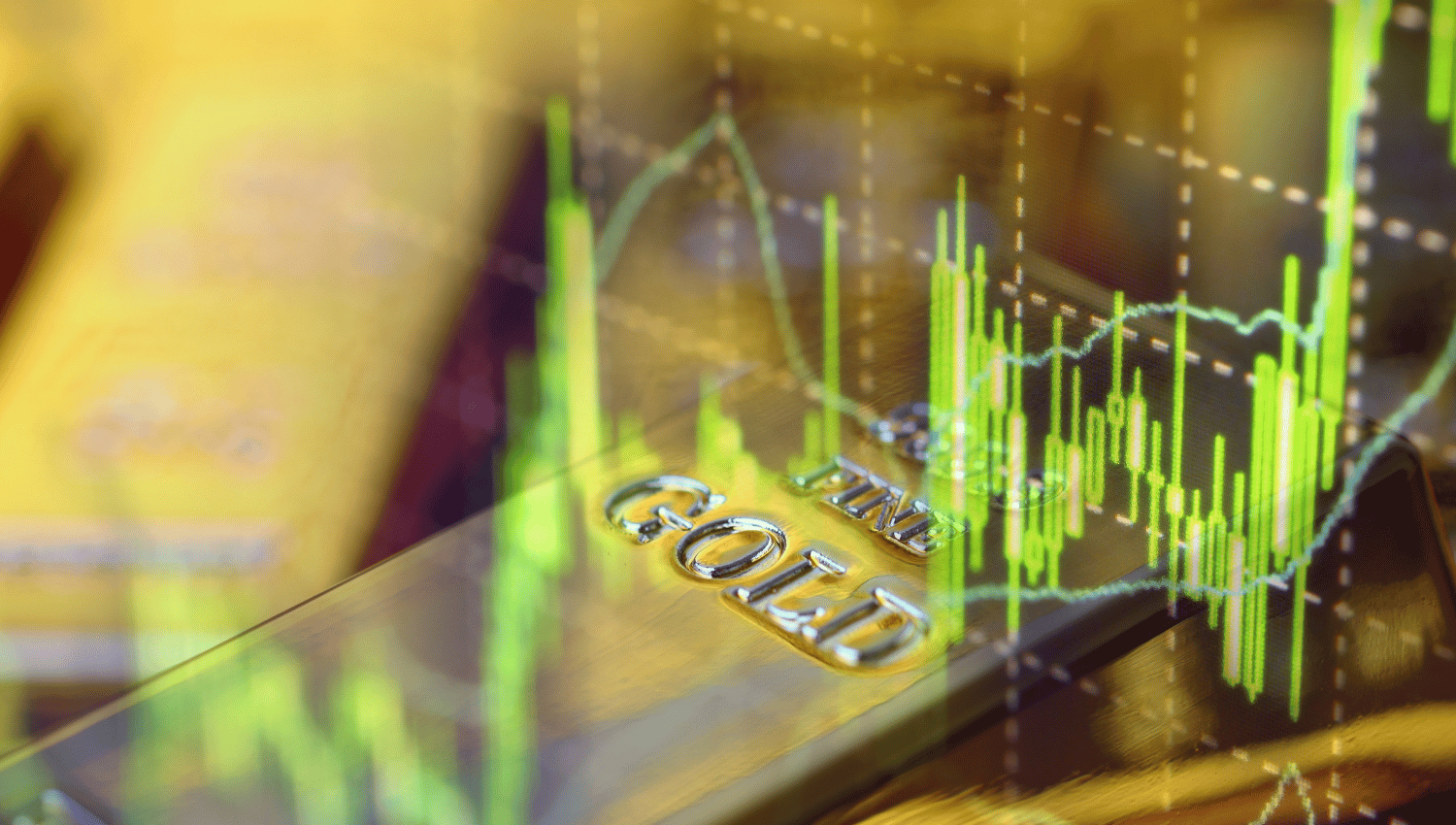In the dynamic world of trading, success often depends on a well-formulated strategy that utilizes a blend of technical and macroeconomic indicators. This comprehensive approach helps traders anticipate market movements, manage risks, and capitalize on opportunities effectively. Here, we explore how combining technical analysis with macroeconomic insights can create a robust trading strategy.
Understanding Technical Indicators
Technical indicators are mathematical calculations based on the price, volume, or open interest of a security or contract. They are primarily used to forecast financial or economic trends. Some of the most commonly used technical indicators include:
- Moving Averages (MA) – These indicators smooth out price data to create a single flowing line, making it easier to identify the direction of the trend.
- Relative Strength Index (RSI) – RSI measures the magnitude of recent price changes to evaluate overbought or oversold conditions in the price of a stock or other asset.
- Moving Average Convergence Divergence (MACD) – This tool is used to spot changes in the strength, direction, momentum, and duration of a trend in a stock’s price.
Incorporating Macro Indicators
Macro indicators provide insights into the economic environment in which the financial markets operate. They can significantly affect market sentiment and price movements. Key macro indicators include:
- Gross Domestic Product (GDP) – Understanding the overall economic output and growth can provide clues about the health of an economy and its future trajectory.
- Unemployment Rates – Changes in employment rates can signal strength or weakness in an economy, which can influence consumer spending and, consequently, stock prices.
- Inflation Rates – Inflation directly affects purchasing power and, therefore, the profitability and stock prices of companies.
Creating a Combined Strategy
To develop a comprehensive trading strategy, traders can combine technical and macro indicators in the following way:
Macro Analysis for Context – Begin with a broad analysis of the macroeconomic environment. Identify current economic cycles, potential shifts in policies, and upcoming economic data releases. This approach provides a context for what to expect in the markets.
Technical Analysis for Entry and Exit Points – Use technical indicators to determine the optimal points for entering and exiting trades. For instance, an RSI reading above 70 might indicate that a stock is overbought and could be due for a correction, while an RSI below 30 might indicate an oversold condition.
Correlation and Diversification – Analyze how different securities respond to various economic scenarios. Use this information to diversify your portfolio to minimize risks and maximize returns.
Backtesting – Use historical data to test how your strategy would have performed in the past. This can help refine the strategy, adjust parameters, and improve predictive accuracy.
Risk Management – Establish rules for risk management, including setting stop-loss orders, position sizing, and maximum drawdown limits to protect your investment.
Conclusion
Combining technical and macroeconomic indicators can provide traders with a deeper understanding of the market dynamics and help in making informed trading decisions. While technical analysis can be great for timing the market, macro indicators can offer insights into the broader economic factors at play. By integrating both approaches into a cohesive strategy, traders can enhance their market analysis and potentially increase their returns while managing risk more effectively.
Disclaimer: This is not an Investment Advice. Investing and trading in currencies involve inherent risks. It’s essential to conduct thorough research and consider your risk tolerance before engaging in any financial activities.


